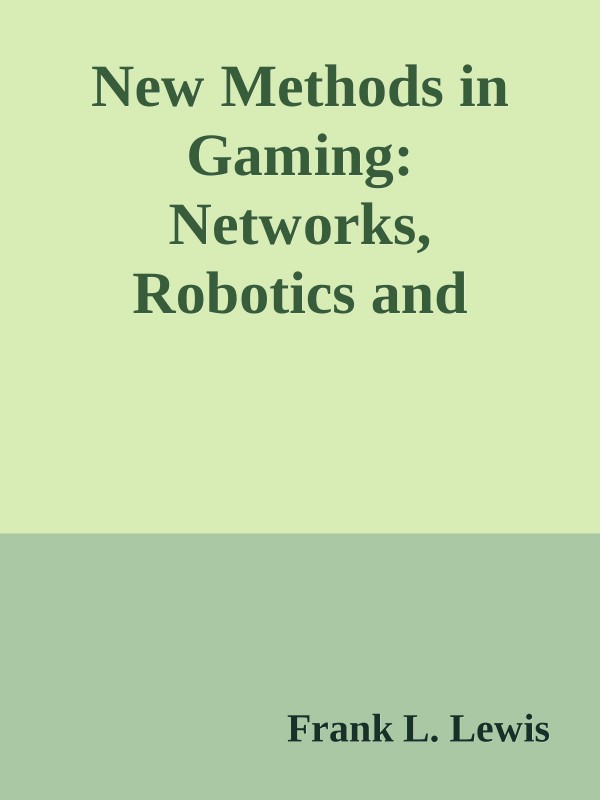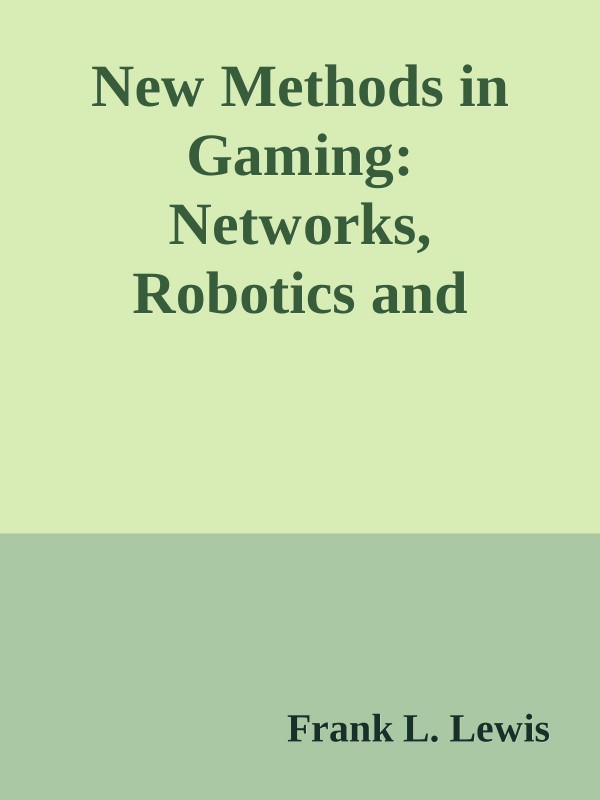(Ebook PDF) New Methods in Gaming Networks Robotics and Learning Research Collection 1st edition by Frank Lewis 9789535123378 full chapters
Original price was: $50.00.$25.00Current price is: $25.00.
Authors:Frank L. Lewis , Series:Gaming [209] , Tags:Mechanical , Author sort:Lewis, Frank L. , Ids:9789535123378 , Languages:Languages:eng , Published:Published:Nov 2016 , Publisher:InTech , Comments:Comments:The word “robot†was introduced by the Czech playright Karel ˇ Capek in his 1920 play Rossum’sUniversal Robots. The word “robota†in Czech means simply “work.†In spite of such practical beginnings,science fiction writers and early Hollywood movies have given us a romantic notion of robots.Thus, in the 1960s robots held out great promises for miraculously revolutionizing industry overnight.In fact, many of the more far-fetched expectations from robots have failed to materialize. For instance,in underwater assembly and oil mining, teleoperated robots are very difficult to manipulate and havelargely been replaced or augmented by “smart†quick-fit couplings that simplify the assembly task.However, through good design practices and painstaking attention to detail, engineers have succeededin applying robotic systems to a wide variety of industrial and manufacturing situations where theenvironment is structured or predictable. Today, through developments in computers and artificial intelligencetechniques and often motivated by the space program, we are on the verge of another breakthroughin robotics that will afford some levels of autonomy in unstructured environments.On a practical level, robots are distinguished from other electromechanical motion equipment by theirdexterous manipulation capability in that robots can work, position, and move tools and other objectswith far greater dexterity than other machines found in the factory. Process robot systems are functionalcomponents with grippers, end effectors, sensors, and process equipment organized to perform a controlledsequence of tasks to execute a process — they require sophisticated control systems.The first successful commercial implementation of process robotics was in the U.S. automobileindustry. The word “automation†was coined in the 1940s at Ford Motor Company, as a contraction of“automatic motivation.†By 1985 thousands of spot welding, machine loading, and material handlingapplications were working reliably. It is no longer possible to mass produce automobiles while meetingcurrently accepted quality and cost levels without using robots. By the beginning of 1995 there wereover 25,000 robots in use in the U.S. automobile industry. More are applied to spot welding than anyother process. For all applications and industries, the world’s stock of robots is expected to exceed1,000,000 units by 1999.













